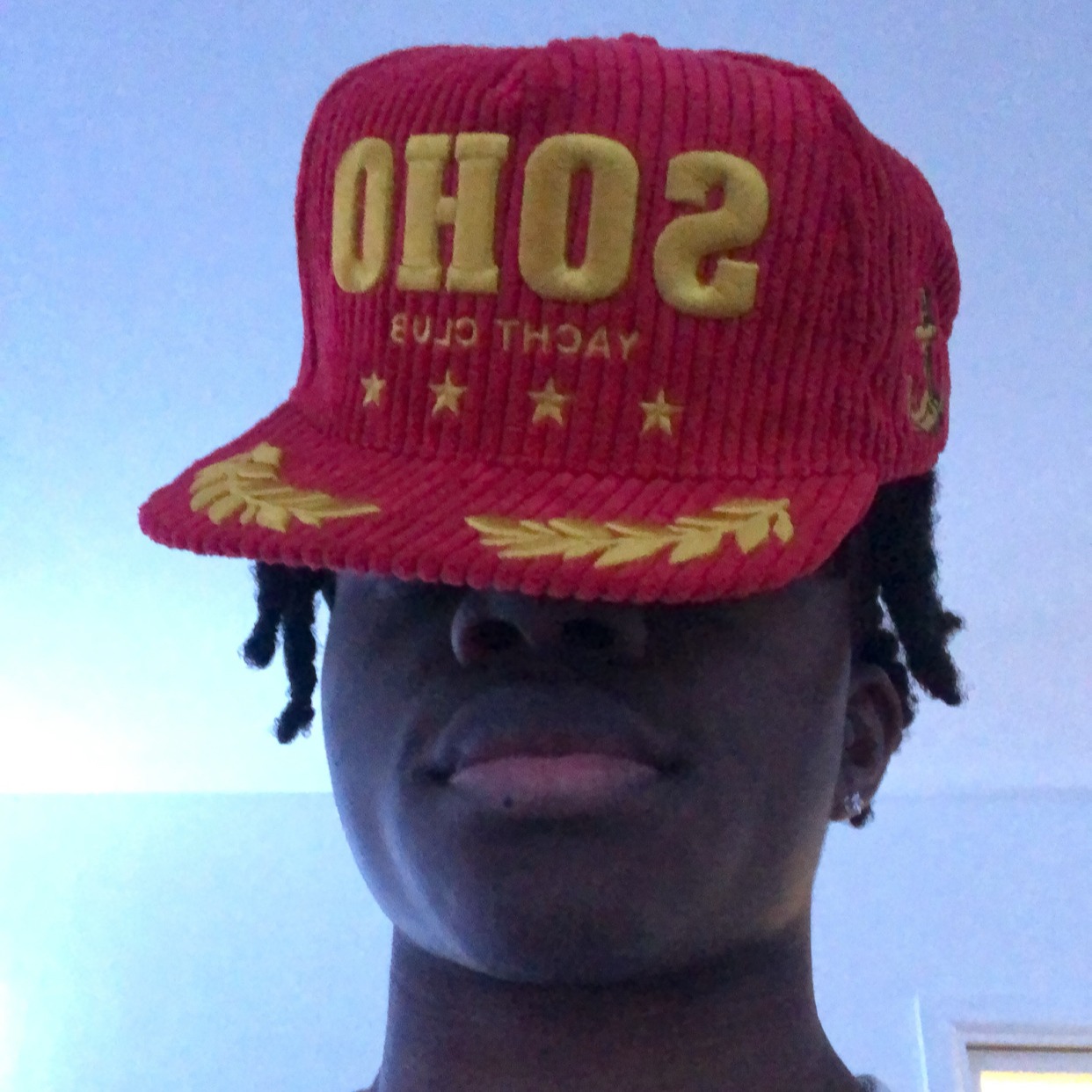WHY TF IS NIKE DOWN BAD RIGHT NOW?
- mr undiscovered

- Aug 2, 2024
- 4 min read
You may be no stranger to a lot of talk regarding Nike and their supposed plummet. The face of all things athleisure, sneakers, culture brands and more has seen a great decline in both their financial and stock performance seeing Nike lose $25 billion in market cap in one day ($70 billion over nine months) + a 32% decrease in share price since the beginning of 2024, the lowest since 2018
This article goes into depth on what went wrong, but I've broken this down into a shorter summary with learning lessons below.
The Shift
the key change was a shift in leadership when John Donahue became CEO in January 2020 along with other names in adjacent roles. With new leaders and reorganisation comes new strategies and focuses which was the start of the current issue they are facing. We'll expand on this as you keep reading.
Updated Preferences
People are opting for differentiation meaning they’re looking for newer options to current market leaders. Athletes are some of the biggest examples leading this wave. Every day we see more and more sportswear brands gain favour including the likes of ON Running, Asics, Hoka, Saucony and more further known brands.
Flawed Priorities
They eliminated categories within the company structure and their online shop where there was less specialised focus on key areas such as running, football, basketball, fitness, training, sportswear, footwear apparel etc. Instead, they introduced the classic “Men, Women, Kids” for their online store. The decision caused mass layoffs and loss on industry expertise for Nike’s specific categories which ultimately came to haunt them. In 2023, they reintroduced categories but under the name “Fields of Play”. This vagueness just further alienates consumers. The decision's consequences resulted in diminished innovation and energy in product creation, one of the key points people are raising about Nike.
Overconfidence
Nike cut ties with a lot of wholesalers and retailers to prioritise their DTC model. While you’d think Nike have enough pull to excel in this decision, it resulted in damaged relationships with retailers, operational challenges, overstock issues, and margin erosion. Consumers didn’t follow Nike’s shift, leading to a loss of market share to competitors.
The Money and the Numbers
Simply put, with the new focus on adopting a DTC model Nike Shifted their attention from being brand marketing orientated to digital sales orientated. They put more emphasis on programmatic advertising and retaining existing consumers over acquiring new ones like they usually do through their campaigns. This resulted in resulted in a decline in brand campaigns and erosion of brand equity. The DTC model thrived during the pandemic due to the challenges of brick-and-mortar retail but as things picked up, Nike evidently failed to adapt to the change.
Conclusion
Nike’s strategic decisions created opportunities for competitors to gain market share. Many consumers chose to stay with other brands rather than follow Nike. As a result, they lost their dominant market position and struggled with pricing pressures and product innovation.
The aim of this post is to break this down into something you can understand and then go on to learn from it. Don't get it twisted, Nike are still Kings of the industry and has that respect and status amongst consumers, but from a business/financial perspective, it may take time to recover well to return to that former glory. They’ll be back. Things have even started to pick up a little and their recent “Winning isn't for Everyone” Campaign is boss.
Below are the things we can learn from Nike's minor setback:
The Culture Makes the Rules
Nike is a culture brand, through years of campaigns and diving into different subcultures, Nike were able to gain influence and favour amongst us all. Their overconfidence in their power led them to believe they can dictate consumer behaviour when in reality, there are numerous things at play for consumers when shopping and ultimately, they dictate the market and the culture.
Don’t Fix What's Not Broken
Nike were performing well and after a leadership change, they decided to shift more focus on the numbers with sales, data and advertising. If something is working, double down on it and make the minor tweaks and adaptations needed, don't switch up the core strategy.
Product is King and Branding is Key
Nike lost that touch in making great products and I've seen a lot of that talk online for a while now regarding their sneakers. They also believed they didn't need to focus as much on branding. It goes to show even a company like Nike still need to follow the fundamental rules of the game.
Data or Creativity?
A lot of marketing and strategy has become data-driven, you’ll find this a lot within corporate structures but being data-driven restricts your creativity boxing you into a limited number of ideas and moves you can make for your brand. Find that balance.
Don't Neglect Growth
You may have heard the value of keeping returning customers and nurturing those, while that still holds true, you don't want to neglect the growth aspect of acquiring new ones. Nike thought they had enough brand loyalty to focus on nurturing their current loyal customers over acquiring new loyal customers. So much for loyalty just for you to hand mass layoffs and cut ties with long-term retailers.
What do YOU think went wrong?






Comments